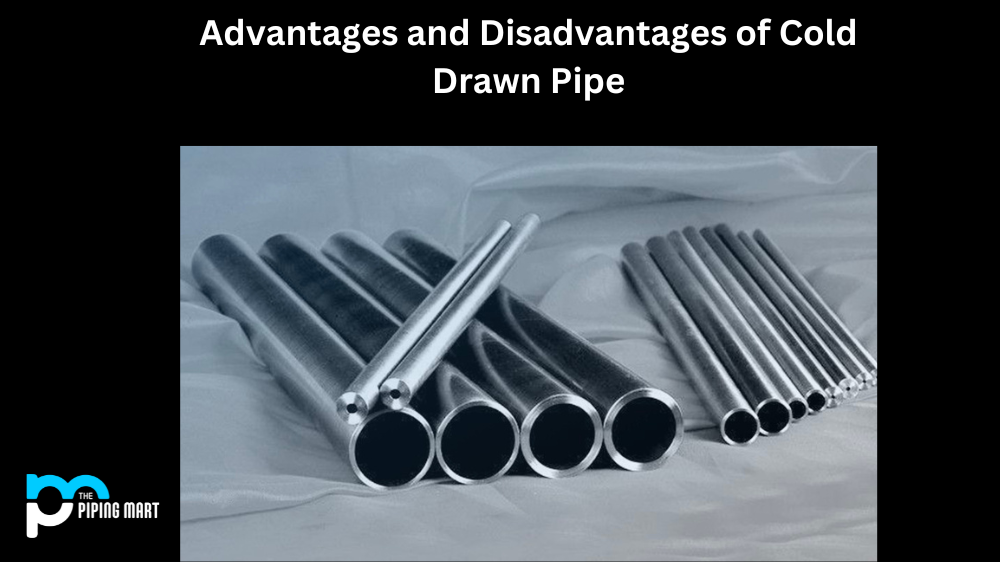Abrasion resistance is the ability of a material to resist being worn away by friction, scratching, or other mechanical action. It can be found in many products, from construction materials to clothing and footwear. Understanding abrasion resistance and its properties can help you make wise decisions when choosing products for your home or business.
What is Abrasion Resistance?
Abrasion resistance is an extremely important material feature that affects many industries, such as construction and manufacturing. This property allows materials to withstand wear, and tear and other flexible surface treatments, like rubbing or scrubbing. It is mainly a measure of a material’s performance in regard to its resistance to surface damage while being subjected to various conditions, such as friction, rubbing or scratching. Abrasion resistance plays an important role in the durability of a material’s lifespan and can make the difference between an item lasting for years or just months. To ensure optimal abrasion resistance performance from any product, it is essential that materials be chosen carefully so that they can stand up against these environmental forces for as long as possible.
Properties of Abrasion Resistance
Abrasion resistance refers to the hardness of a material. The harder the material is, the more resistant it will be to abrasion. This property can be measured with an abrasion test, which uses abrasive paper to measure how much material is lost after a certain amount of time. The higher the abrasion loss value, the less resistant a material is to abrasion. Other properties, such as flexibility and texture, also play a role in determining how well a material resists abrasion.
What are Some Examples of Abrasion Resistant Materials?
Materials that are highly resistant to abrasion include rubber, polyurethane, metal alloys such as stainless steel or titanium, and composites such as carbon fiber or Kevlar. These materials are often used in applications where extreme wear and tear is expected, such as car tires or industrial machinery parts. Other materials like leather or fabrics may also have some level of abrasion resistance depending on their composition and treatment process.
Conclusion
Abrasion resistance is an important factor when selecting materials for any application where they will experience friction or mechanical wear and tear. Knowing what makes certain materials more resistant than others can help ensure that your product lasts longer and stands up against wear better than others on the market. With this knowledge in mind, you’ll be able to choose the best materials for your project that offer maximum durability without sacrificing performance or aesthetics.

Pipingmart is B2B portal specializes in industrial, metal and piping products. Also, share latest information and news related to products, materials and different types grades to help business dealing in this industry.




